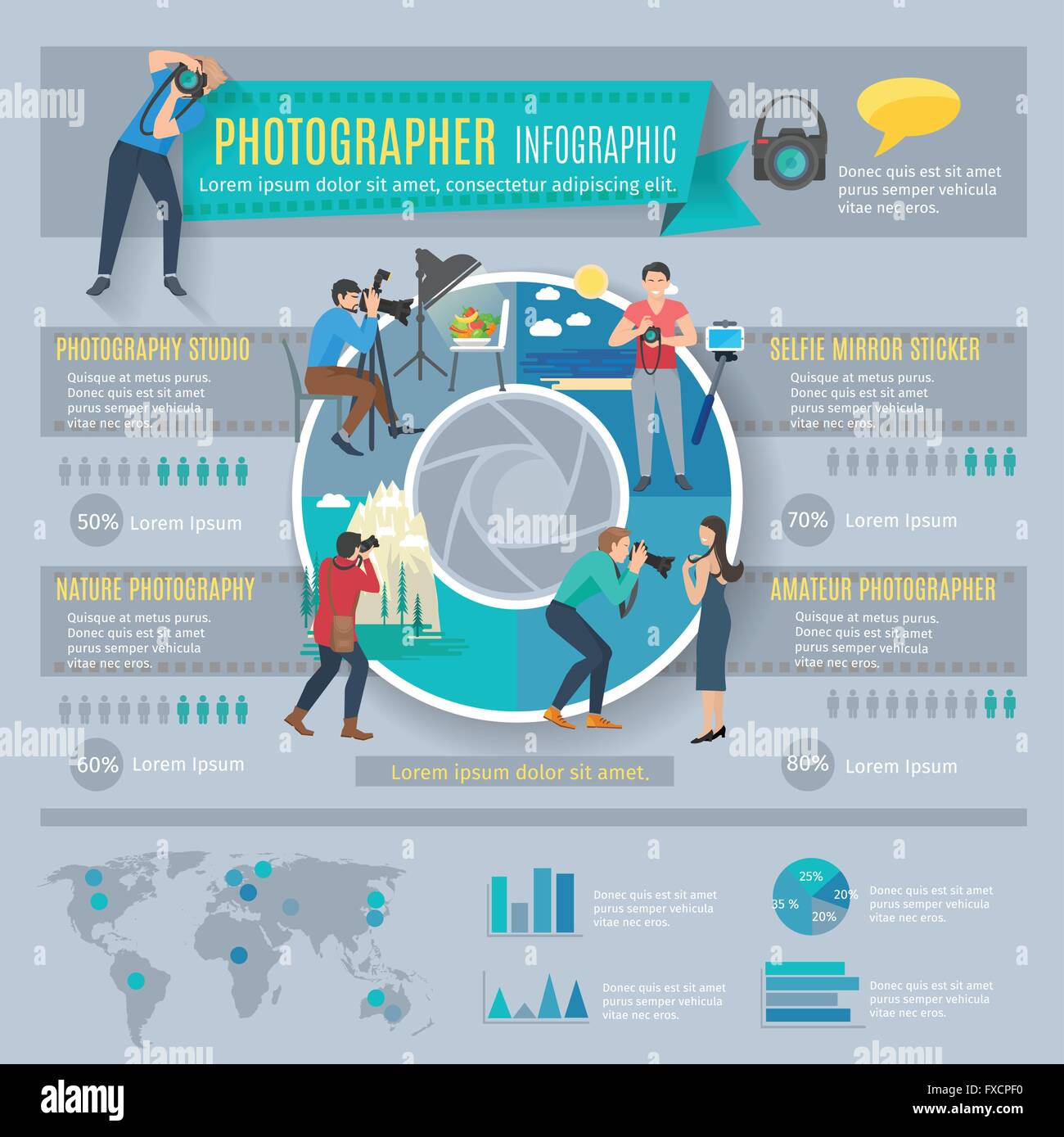Change Your Photography By Understanding Lights Methods That Can Elevate Your Images-- Uncover The Usual Pitfalls That Could Be Holding You Back
Change Your Photography By Understanding Lights Methods That Can Elevate Your Images-- Uncover The Usual Pitfalls That Could Be Holding You Back
Blog Article
Created By-Beck Brady
As a photographer, you understand that lighting can make or damage your images. Recognizing the subtleties of both all-natural and artificial light is important for catching the mood and quality you aim for in your work. Whether you're chasing the best gold hour glow or tweak your fabricated arrangements, mastering these elements can boost your digital photography substantially. Yet there prevail challenges that several forget, and identifying them can change your approach to every shoot. Let's explore what you might be missing and exactly how it can impact your results.
Comprehending All-natural Light
Comprehending all-natural light is vital for any professional photographer aiming to improve their job. https://www.digitalcameraworld.com/features/dictionary-of-photography-terms 's the structure of wonderful photography, affecting state of mind, tone, and quality. When you fire outdoors, focus on the time of day. The gold hour-- soon after sunup and prior to sunset-- offers soft, warm light that can transform ordinary scenes right into stunning photos.
Don't ignore the power of overcast days. Cloud cover diffuses sunshine, developing a soft, even light that's perfect for portraits and macro digital photography. You'll find shades pop in this sort of illumination without harsh darkness.
Positioning matters, as well. Constantly consider your topic's orientation to the light source. If the sun's behind your topic, you might end up with a silhouette, which can be dramatic yet mightn't be what you want. Conversely, direct sunshine can develop uncomplimentary darkness.
Experiment with angles; occasionally, transforming your perspective can generate outstanding results. Usage all-natural reflectors, like water or sand, to jump light onto your subject, including measurement.
Learning Artificial Light
Grasping man-made light is essential for professional photographers who want to take their skills to the next degree. Whether you're making use of speedlights, studio strobes, or constant lights, recognizing just how to control these resources can dramatically enhance your photos.
Start by familiarizing on your own with the basics of light top quality, direction, and color temperature level. Try out different modifiers like softboxes, umbrellas, or grids to control the soft qualities or harshness of the light.
You'll locate that soft light typically develops flattering outcomes, while harsher light can add dramatization and depth. Do not shy away from https://zenwriting.net/miguelbelva/essential-digital-photography-gear-what-you-really-need-to-get-going can improve the three-dimensionality of your topics.
Pay very close attention to the placement of your lights. https://www.liveinternet.ru/users/williams_schwarz/post509027419 located also close to your subject can produce unflattering results, while too far can result in an absence of detail. Make https://writeablog.net/carlene511mohamed/exactly-how-to-choose-the-right-cam-for-your-digital-photography-requirements of a light meter or your video camera's histogram to ensure you're exposing correctly.
Last but not least, bear in mind that artificial light can be blended with ambient light for creative effects. Stabilizing these sources could take practice, once you grasp it, your digital photography will truly beam.
Strategies for Various Scenarios
When you step into various capturing scenarios, adjusting your illumination methods is essential for capturing the best photos. For outdoor pictures, use the golden hour-- early morning or late afternoon light-- to soften shadows and boost skin tones.
If it's a harsh lunchtime sun, consider using a reflector to jump light back onto your subject or look for shaded areas for a more even direct exposure.
In low-light circumstances, like interior occasions, raise your ISO and use a broad aperture to allow in more light. A tripod can assist remove electronic camera shake, allowing for longer exposures without obscuring.
If you're contending night, trying out off-camera flash to develop vibrant lighting and depth in your pictures.
For product photography, use diffused lights to stay clear of harsh representations. Softboxes or light camping tents can aid accomplish this impact.
When photographing landscapes, take into consideration the instructions of light and time of day, as it can considerably change the mood of your shot.
Constantly prepare to change your setups and placing based upon the circumstance, as flexibility is key to mastering lighting in digital photography.
Conclusion
To conclude, understanding lights is vital to elevating your digital photography skills. Welcome all-natural light's charm during golden hour, and don't shy away from experimenting with artificial light strategies. By adapting your approach to different scenarios, you'll catch sensational pictures that reverberate with emotion and clarity. Bear in mind, the right lights can transform an average shot into something extraordinary, so keep practicing and fine-tuning your understanding of both all-natural and man-made light. Pleased capturing!
